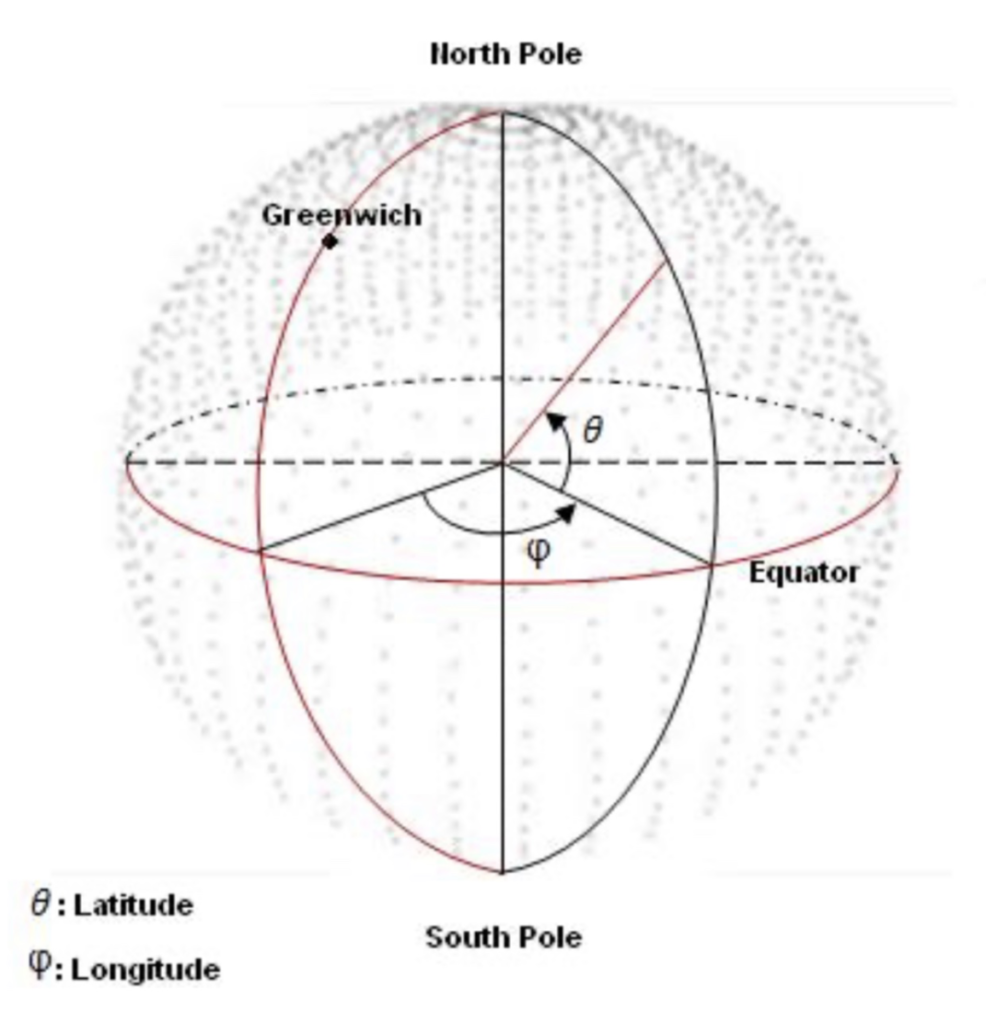Ever since I was a little kid, I have always been fascinated with the beauty of the sky. I would be the peculiar kid that would wake up early on weekend mornings just to watch the sunrise and also the kid that would stop everything he was doing to watch the sunset in the evening.
The sky is one of the most beautiful creations of God, yet it is such a mystery to the average person. Why is it that the color of the sky changes colors throughout the day? Sometimes it is in the mood to be typical blue, sometimes blazing red and orange, and sometimes cool streaks of green, blue, and purple.
I never thought very hard about this until my freshman seminar class at Emory University called Arts on the Brain when we discussed how the sun’s position above the earth plays a role in what color the sky decides to unveil.
Taking a look at the research that Hoshang Kolivand and Mohd Shahrizal Sunar conducted from the International Journal of Scientific & Engineering Research, it can be seen that there is a lot of math that goes into calculating the color of the sky depending on the position of the sun. The color of the sky is completely different colors at different points of the day because the earth continually rotates on its axis and completes a full spin every twenty four hours, which causes the sun to be in a different position relative to earth at each point in time of the day (Kolivand and Shahrizal 2011).

to the Earth’s sky found on the International Journal of Scientific & Engineering Research.
Figure 1 (Kolivand and Shahrizal 2011).
Color is also a very interesting phenomenon since it can be seen differently by every set of eyes. Every human being views the color of an object in his/her own way since the eyes of humans are so complex. The color of the objects that we see around us are the result of the combination of light and its reflection off the object. Lights are made up of wavelengths, and there is a certain range of wavelength length that is visible to the delicate human eye, which happens to be “in the region of 400 nm to 700 nm, incident upon the retina” (Kolivand and Shahrizal 2011). It is within this wavelength range that the human eye is able to differentiate between different colored objects (Kolivand and Shahrizal 2011).
The color of an object is dependent upon many factors, which is why color is such an interesting phenomenon, especially when it comes to determining the color of the sky. The color of the sky is not one consistent color because it fluctuates depending on where on earth a person is standing, at what time he/she is standing, and where in three dimensional space the sun is positioned relative to the person. During a regular day, it is very common to view the sky as a shade of blue and view it as a shade of red or orange during sunrises and sunsets. The reason that the sky looks blue during the day is because there are particles and molecules within the atmosphere, such as “oxygen and nitrogen” that are very “small in size” and “more effective at scattering shorter wavelengths of light (blue and violet) (Kolivand and Shahrizal 2011).
The process of how our eyes come to process the color of the sky is called “scattering” and involves “the scattering of aerosols and air molecules” (Kolivand and Shahrizal 2011). In reality, sunlight is white and is shooting out wavelengths of all different colors; however, human eyes are best at capturing shorter wavelengths of light within the visible light spectrum such as blue (Kolivand and Shahrizal 2011).
It is amazing to finally understand the captivating science behind how our eyes and brain processes the color of the sky and the complexity of how our eyes process visual information. My inner kid is screaming with excitement and bewilderment because he finally understands the complex reasoning for all the pretty colors that he has grown up watching and taking pictures of.

Bibliography:
Kolivand H, Sunar MS. 2011. Real-time sky color with effect of sun’s position. International Journal of Scientific & Engineering Research. 2(11).
I think the topic you chose for your blog post is really interesting! I feel like we take the sky for granted, especially during the day since it’s usually either blue or gray depending on the weather. But it’s really fascinating to learn the whole process behind why we see the sky the way we do. From learning that the sky is blue because of the small particles in the air to learning that there’s a name for how our eyes began processing color, there’s definitely a lot more than meets the eye!
The photo of the sky at Emory is really captivating and helps bring your post to life. I really enjoyed reading this because of how well you write. I like how you personified the sky by saying it has different moods which reflects a different color on our eye.
I can relate very well to your fascination with this subject. Reading this post took me back to the long arguments I used to have with a friend in the sixth grade about why the sky appears to look different at different times of the day, and whether or not different individuals actually perceive colours differently. I think it will be interesting to see how the changing compositions of gases in the atmosphere–as a result of global warming and various forms of air pollution–impacts the degree of colouration we are able to observe in the long-run.